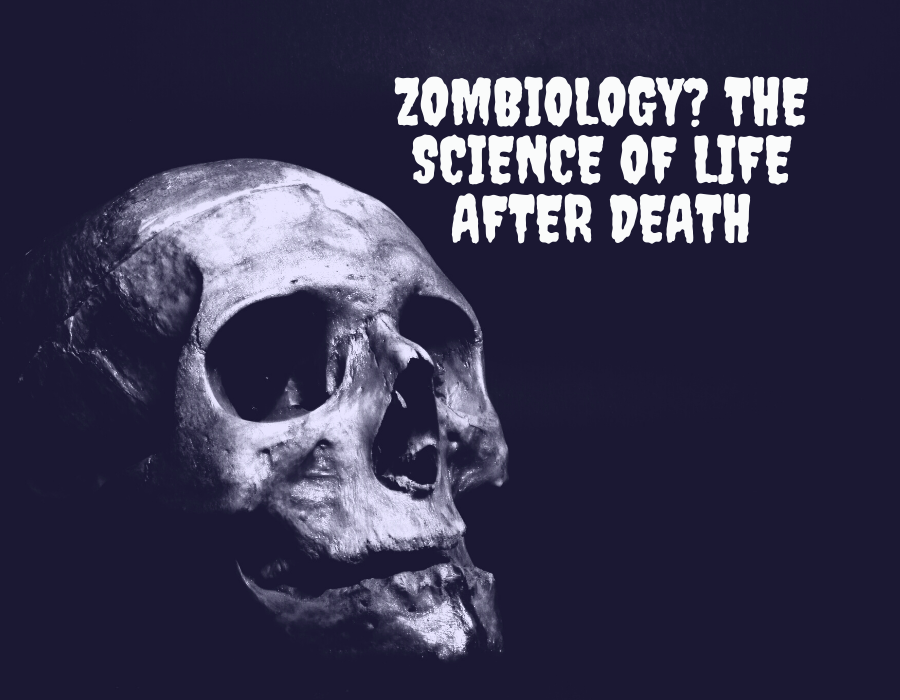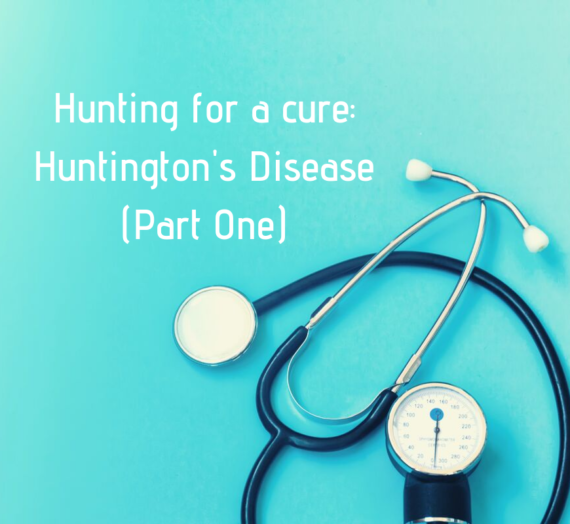Happy Halloween! In the spirit of all things spooky, we’re taking a scientific look at zombies, could they ever be a reality…or, are they already?
The Cambridge English Dictionary defines a zombie as ‘a dead person who has been brought back to life’. Another definition it gives is ‘a person who has no energy, seems to act without thinking, and does not notice what is happening’, but we reckon that’s more of an apt description of students during exam season.
The zombies that we know and love have their roots in Haitian folklore, and are often portrayed as brain-dead, violent, and downright creepy beings that usually have been subjected to some sort of contagious disease, but could a living thing ever be taken over and induced into a zombie-like state? Well, in the case of the ‘zombie ants’, yes. A type of fungus (Ophiocordyceps unilateralis sensu lato), often known as zombie ant fungus, infects carpenter ants, native to tropical regions, and spreads throughout their entire bodies, forcing the ant to climb up vegetation, where they eventually die, and the fungus bursts out of their heads, releasing spores to allow the whole process to start again. Check out this video from National Geographic, if you dare.
Similarly, prey species of cats can become zombified by toxoplasmosis, which you can read more about in one of our previous posts, here.
It would be amiss of us to discuss zombies without mentioning the most infamous zombie of them all; Frankenstein’s ‘creature’. Mary Shelley, at just 19, invented the science-fiction genre as we know it with her novel Frankenstein (or, The Modern Prometheus) in 1818. Inspired by the work of Luigi Galvani, who found that the legs of dissected frogs twitched when stimulated with electricity, Shelley’s tale of a ‘mad scientist’ bestowing life upon a creature made from bits and pieces of human bodies highlights our fascination with zombies and the boundaries between life and death.

But could human-zombies ever exist? Well, in a way, they already do.
Corpses are anything but dead; in fact, they are crawling with life. Decomposition is the process by which living things are broken down into simple organic matter. The process begins within minutes of death, with autolysis, the breaking down of tissues by the body’s own enzymes, and putrefaction, the breakdown of matter by bacteria. Check out this site for a great run-down of the many species involved in decomposition.
Traditionally, it was believed that soil bacteria were the main cause of erosion of human remains, yet recent research suggests that the deceased persons own microbiome may be more influential. The microbiome is composed of all of the microorganisms (bacteria, fungi, viruses) that live within the human body. Gut microorganisms migrate through the body within days of death, after the degradation of the immune system, aiding decomposition processes. However, soil microorganisms are also important in the decay process, and all organisms associated with a decomposing body are known as the ‘necrobiome’.

Want more spooky science? Check out last year’s Halloween special here
The necrobiome comprises scavenger animals, such as vultures and flies, as well as bacteria and other microbes which break down the cadaver at different stages of decomposition. There is a predictable order of succession in which organisms feed on a decaying body, and this can come in use in forensics, for estimating time of death. The process of decomposition which is facilitated by these animals and microbes is also important for ecosystem functioning, releasing nutrients into the soil which in turn provides for plants, and animals later on. In fact, studies have suggested that cemeteries may act as hotspots of biodiversity. Land use change is a major threat to biodiversity, but because cemeteries remain pretty much undisturbed, they are prime spots ecosystems to flourish, with studies suggesting that they can act as refuges for endangered species. Far from being places of doom and gloom, perhaps we should consider the positive aspects of graveyards and cemeteries.
If zombies are ‘living dead bodies’, then yes, they do exist, and we will all become one, one day. The processes that occur after death are important for sustaining complex ecosystems and, far from being creepy, we should celebrate these natural wonders that occur and keep the circle of life turning round and round. On that note, have a happy Halloween!
Don’t forget to follow us on Twitter, Instagram and Facebook!




